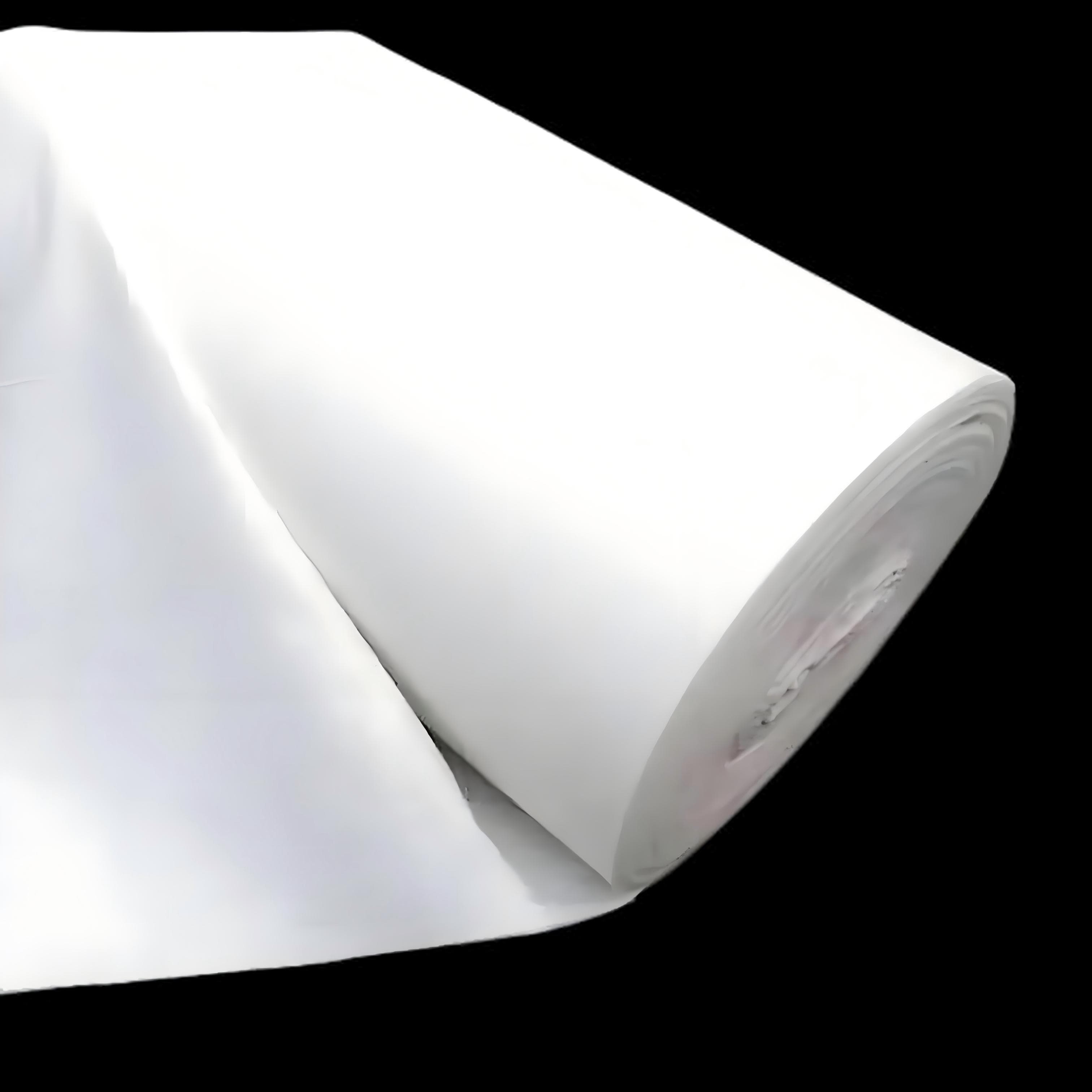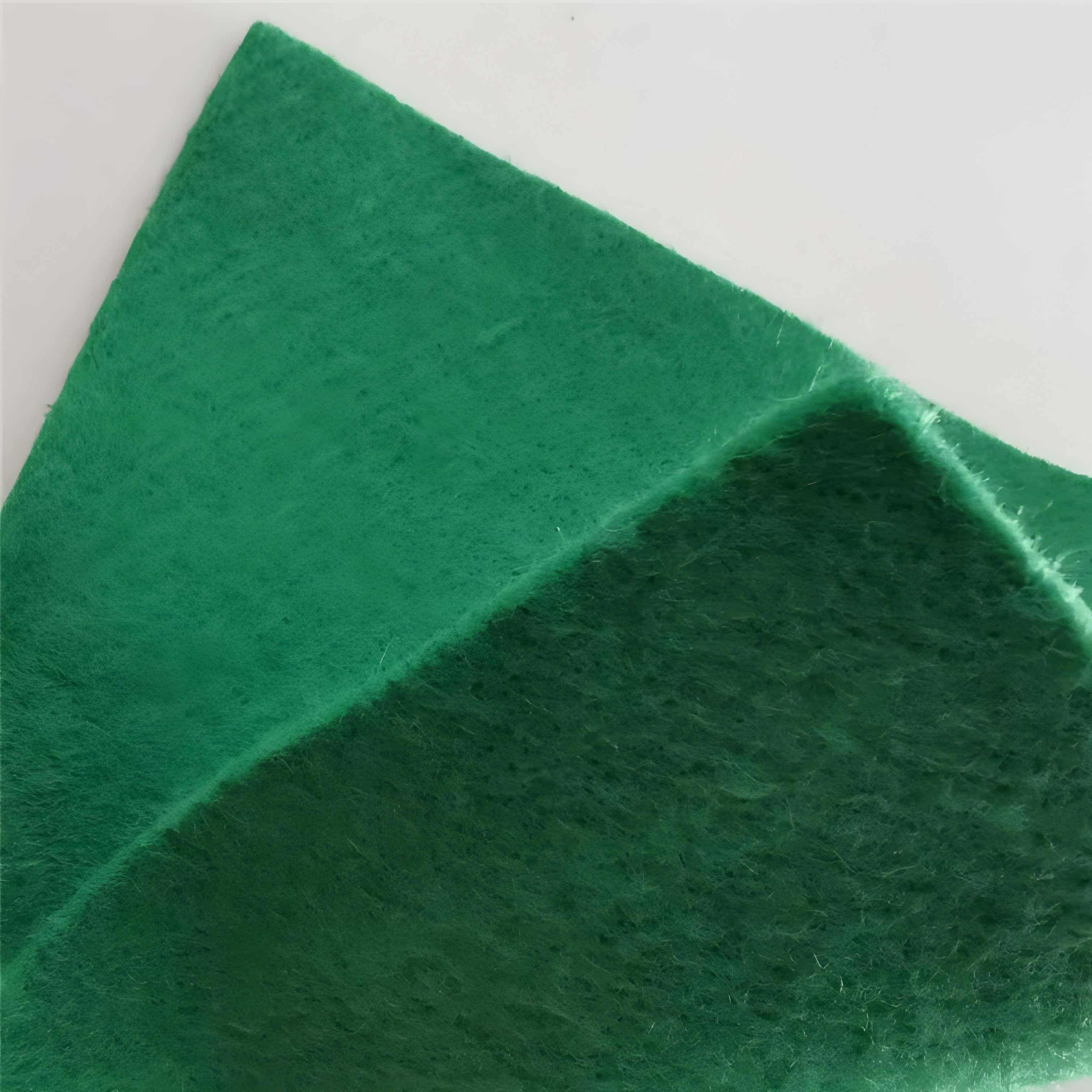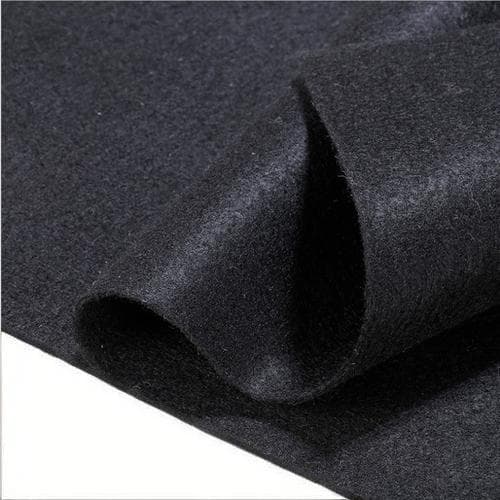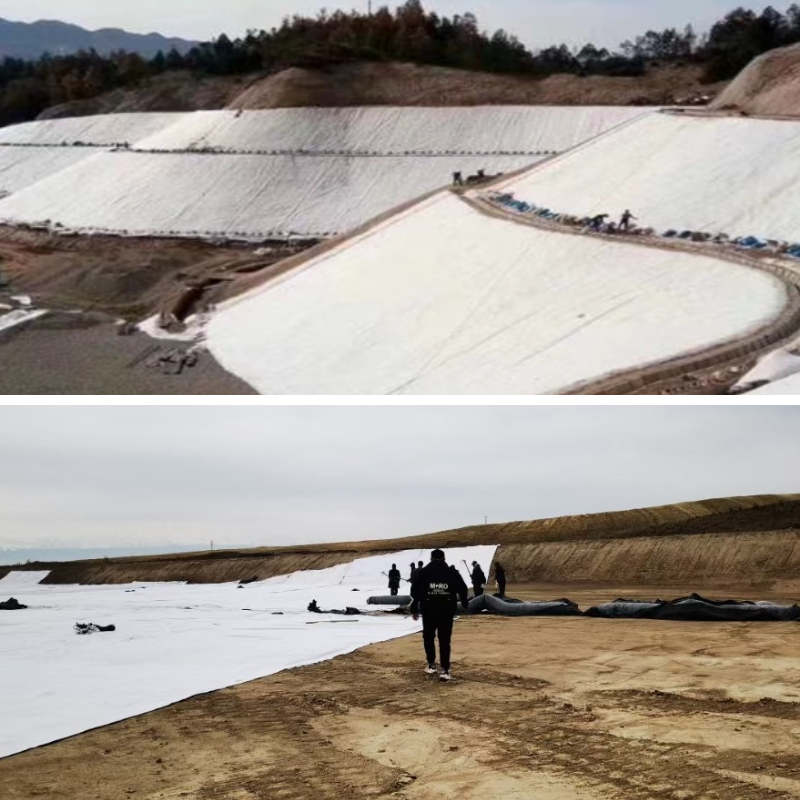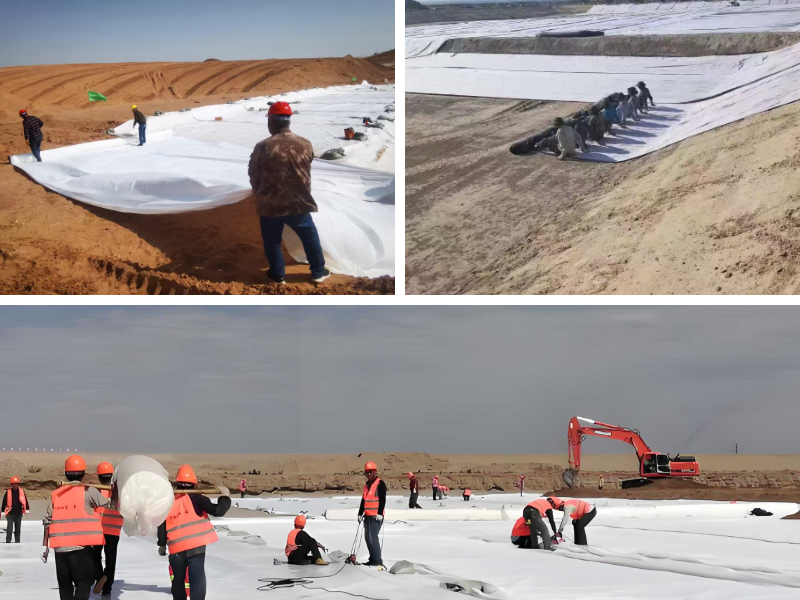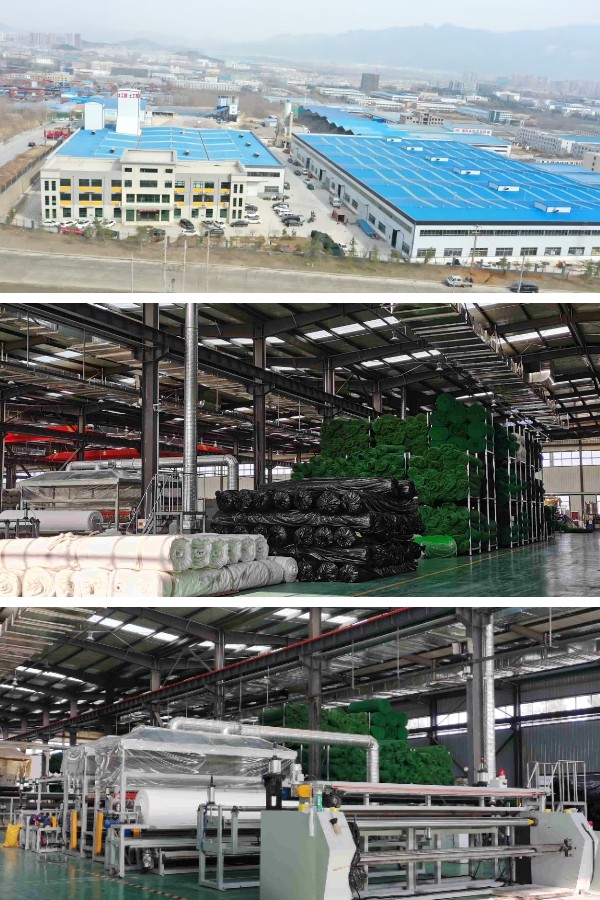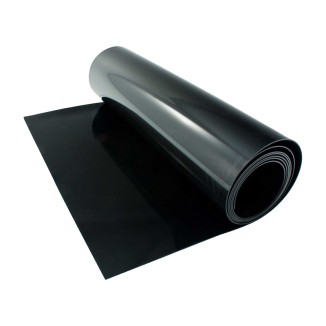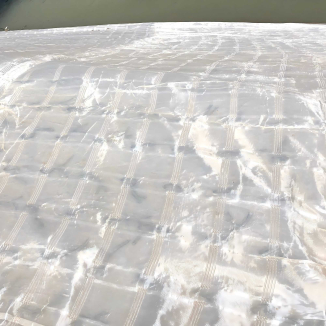Geo Tech Fabric
1. Good filtration: intercepts solid particles, allows liquids to pass through, and prevents soil loss.
2. Efficient drainage: The porous structure quickly removes water, reduces soil moisture content, and avoids water accumulation problems.
3. Strong reinforcement: High tensile strength enhances the bearing capacity of soil and reduces settlement and cracking.
4. Reliable isolation: Separate different materials to prevent mixing and maintain their respective properties.
5. Durable protection: it can resist scouring, erosion, aging and extend the service life of the project.
6. Convenient construction: lightweight and flexible, easy to cut and lay, shortening the construction period and reducing costs.
Product Introduction
Geo Tech Fabric is a new type of geotechnical material, usually made of synthetic fibers such as polypropylene and polyester through processes such as needle punching, weaving, or bonding.
It has diverse functions and can play a filtering role, intercepting particles in the soil while allowing water to pass through; Efficient drainage can be achieved by utilizing a porous structure to remove excess moisture from the soil; It can also reinforce and enhance the bearing capacity of the soil, isolate different materials to prevent mixing, and protect the soil from erosion and erosion.
Due to its adaptability to various construction environments, it is widely used in scenarios such as dams and rivers in water conservancy projects, road and railway subgrades in transportation fields, and foundation treatment in construction projects. It is an important material for ensuring project quality and structural stability.
Product Parameters
project | metric | ||||||||||
Nominal strength/(kN/m) | |||||||||||
6 | 9 | 12 | 18 | 24 | 30 | 36 | 48 | 54 | |||
1 | Longitudinal and transverse tensile strength / (kN/m) ≥ | 6 | 9 | 12 | 18 | 24 | 30 | 36 | 48 | 54 | |
2 | Maximum elongation at maximum load in longitudinal and transverse directions/% | 30~80 | |||||||||
3 | CBR top penetration strength /kN ≥ | 0.9 | 1.6 | 1.9 | 2.9 | 3.9 | 5.3 | 6.4 | 7.9 | 8.5 | |
4 | Longitudinal and transverse tearing strength /kN | 0.15 | 0.22 | 0.29 | 0.43 | 0.57 | 0.71 | 0.83 | 1.1 | 1.25 | |
5 | Equivalent aperture O.90(O95)/mm | 0.05~0.30 | |||||||||
6 | Vertical permeability coefficient/(cm/s) | K× (10-¹~10-), where K=1.0~9.9 | |||||||||
7 | Width deviation rate /% ≥ | -0.5 | |||||||||
8 | Unit area mass deviation rate /% ≥ | -5 | |||||||||
9 | Thickness deviation rate /% ≥ | -10 | |||||||||
10 | Thickness coefficient of variation (CV)/% ≤ | 10 | |||||||||
11 | Dynamic perforation | Puncture hole diameter/mm ≤ | 37 | 33 | 27 | 20 | 17 | 14 | 11 | 9 | 7 |
12 | Longitudinal and transverse fracture strength (grab method)/kN ≥ | 0.3 | 0.5 | 0.7 | 1.1 | 1.4 | 1.9 | 2.4 | 3 | 3.5 | |
13 | Ultraviolet resistance (Xenon arc lamp method) | Longitudinal and transverse strength retention rate% ≥ | 70 | ||||||||
14 | Ultraviolet resistance (fluorescence UV lamp method) | Longitudinal and transverse strength retention rate% ≥ | 80 | ||||||||
Product Application
Water conservancy engineering
In dam construction, it can filter impurities in the water, prevent soil particles from flowing away with water, and enhance the anti-seepage effect; During river regulation, it can protect the bank slope from erosion; During channel construction, effectively isolate materials at different levels to ensure water delivery efficiency.
Transportation Engineering
Laying geotextile on highway and railway roadbeds can disperse loads and reduce settlement deformation through reinforcement; In the base layer of the road, it helps to drain accumulated water, prevent rainwater from soaking and reducing the strength of the base layer, and extend the service life of the road.
Construction Engineering
During the construction of houses and building foundations, geotextiles are used to isolate soil and materials such as sand and gravel to prevent mixing from affecting the stability of the foundation; It can also accelerate foundation drainage, reduce moisture content, and avoid problems such as foundation settlement caused by moisture.
Environmental Protection Engineering
In landfill sites, geotextiles serve as isolation layers to prevent leachate from seeping into soil and groundwater, reducing environmental pollution; During the construction of artificial lakes and wetlands, while assisting in anti-seepage, water can also be filtered to maintain the ecological environment.
In the field of agriculture
Laying geotextile in farmland irrigation channels can reduce water leakage, improve irrigation efficiency, and resist the erosion of channels by water flow; In soil and water conservation projects, covering slopes can prevent soil erosion caused by rainwater erosion and protect farmland and vegetation.
In summary, geotextiles play a crucial role in various fields such as water conservancy, transportation, construction, environmental protection, agriculture, etc. due to their multiple functions of filtration, reinforcement, isolation, and drainage. They not only ensure the stability and durability of various projects, but also demonstrate important value in ecological protection and resource utilization. They are indispensable practical materials in modern engineering construction.


